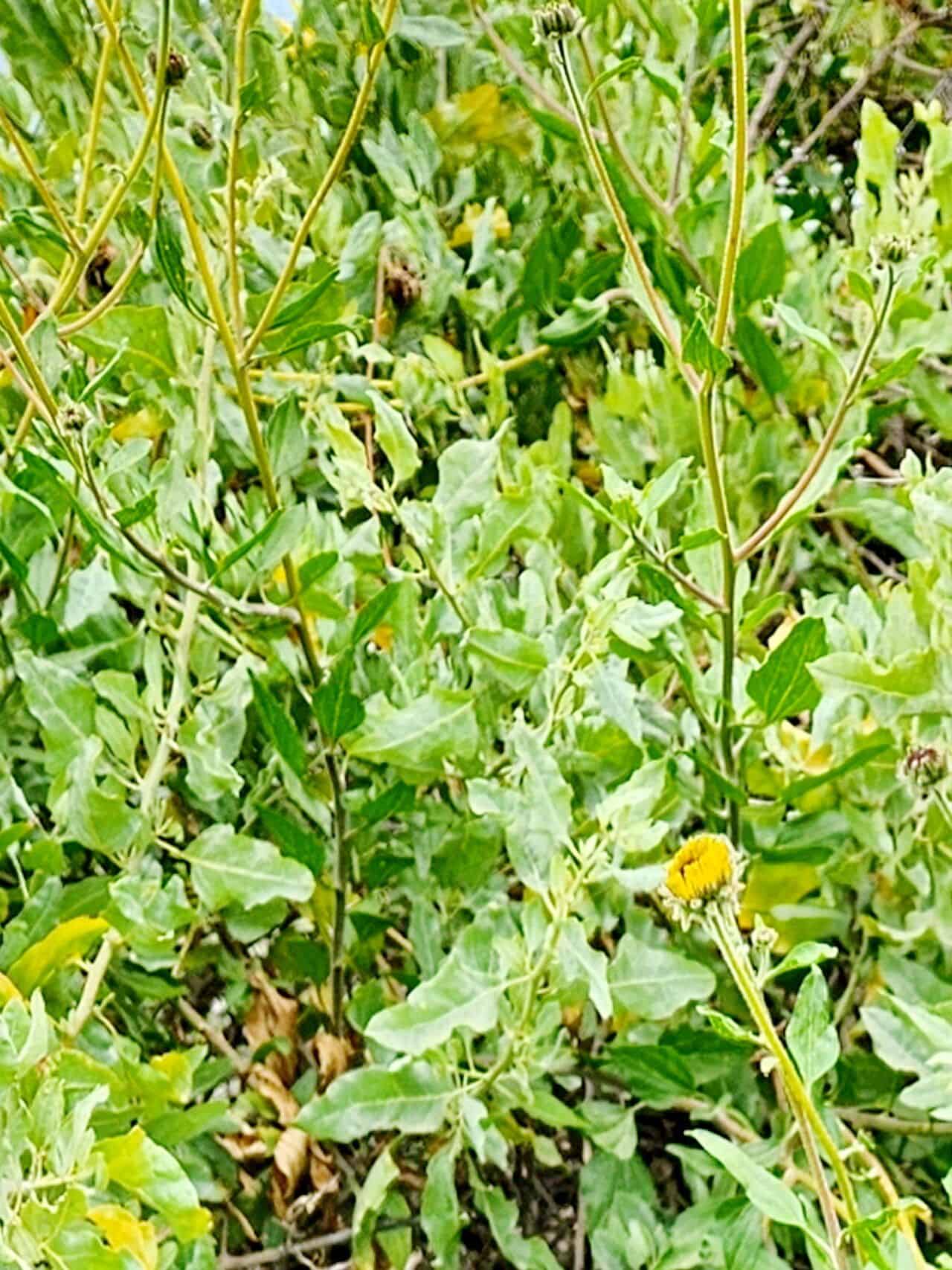Propagating the California Brittlebush (Encelia californica): A Gardener’s Guide
Introduction:
Encelia californica, commonly known as California Brittlebush, is a resilient and strikingly beautiful shrub native to the southwestern United States and Baja California. Its bright yellow daisy-like flowers, silvery-grey foliage, and drought-tolerance make it a popular choice among gardeners seeking low-maintenance, native landscaping options. Its adaptability to various soil types, coupled with its ability to attract pollinators, further enhances its horticultural significance. While relatively easy to establish from purchased plants, propagation from cuttings is a common and successful method, while other techniques present more challenges.
Seed Germination:
Currently, there are no known reliable methods for seed germination propagation of Encelia californica. While seeds may be produced, their germination rate is notoriously low, and successful germination under cultivation has proven elusive. Further research is needed to identify optimal conditions for seed germination, which might involve specific pre-treatment techniques or mimicking particular aspects of the plant’s natural environment.
Cuttings:
Cuttings offer a viable and relatively straightforward method for propagating Encelia californica.
Challenges: While successful, rooting cuttings requires attention to detail. Overwatering can lead to rot, while insufficient moisture can hinder root development. Finding the optimal balance is crucial. The timing of taking cuttings also plays a considerable role.
Practical Tips: Take semi-hardwood cuttings (partially mature stems) in late spring or early summer. These cuttings should be 4-6 inches long, with the lower leaves removed. Dip the cut ends in rooting hormone before planting them in a well-draining propagation mix (e.g., a mix of perlite and peat moss). Maintain consistent moisture, but avoid saturating the soil. High humidity, provided by a humidity dome or regular misting, increases the success rate. Rooting typically occurs within 4-6 weeks.
Rewards: Cuttings offer a reliable way to produce genetically identical plants, maintaining the desirable characteristics of the mother plant. This method is efficient for larger-scale propagation, allowing gardeners to easily expand their collection or share plants with others.
Division:
Division is another viable propagation method, particularly suitable for larger, established plants.
Challenges: Dividing Encelia californica requires careful handling to avoid damaging the root system. This method is only practical for mature plants, and the success rate depends on the health and vigor of the original plant.
Practical Tips: The best time to divide is in early spring or fall, when the plant is actively growing but temperatures are mild. Carefully dig up the plant, and gently separate the root ball into smaller sections, ensuring each division has healthy roots and shoots. Replant the divisions immediately, ensuring adequate spacing and watering.
Rewards: Division allows for the quick propagation of multiple plants, and it can rejuvenate overcrowded or overgrown plants.
Tissue Culture:
Tissue culture propagation for Encelia californica is not a commonly practiced method and would require specialized equipment and expertise in plant tissue culture techniques.
Challenges: Establishing aseptic cultures and finding the optimal growth media and hormone combinations for shoot proliferation and root induction present significant challenges. The success rate is highly dependent on sterile techniques and expertise.
Practical Tips: This method is outside the scope of average home gardeners. It requires a dedicated laboratory setting and specialized knowledge.
Rewards: Tissue culture holds the potential for mass propagation of disease-free plants, potentially speeding up the multiplication of rare or desirable cultivars.
Conclusion:
Propagating Encelia californica, while offering the reward of successfully cultivating this beautiful native plant, presents various challenges depending on the chosen method. Seed propagation remains unreliable, while cuttings and division offer practical and successful approaches for home gardeners. Tissue culture holds promise but requires specialized expertise. The inherent difficulties involved, from maintaining the delicate balance of moisture in cuttings to the careful handling required during division, only serve to amplify the sense of achievement when successful. The unique resilience and beauty of the California Brittlebush make the effort truly rewarding, encouraging aspiring propagators to persist and appreciate the beauty of their well-earned success. Start with cuttings – you’ll be pleased with the results!

